The Korobov TKB-516 Light Machine Gun

As soon as the Kalashnikov rifle was adopted, various efforts were made to improve or replace it. In most tests, it did not meet the standard requirements in all categories. The first such effort occurred in 1955 when the Soviet Union's Ministry of Defense initiated a unified weapons project that included a lightweight assault rifle and a lightweight light machine gun. The goal was to simplify and standardize production, with the majority of components for both the rifle and light machine gun being interchangeable. Additionally, these weapons were intended to be manufactured using the same machinery and tools.
As a result, the development of experimental weapons began with various design bureaus, with the designs for the machine gun and light machine gun progressing in parallel. From the Tula Central Design Bureau (TsKB-14), the pioneer of this work was the talented Tula designer, German Aleksandrovich Korobov.
German A. Korobov submitted the 1955 assault rifle, designated as the TKB-517. The TKB-517 utilized a lever-delayed blowback system, which simplified the design and reduced the overall weight of the weapon. The TKB-517 also featured a hammer retarder mechanism that reduced the rate of fire to minimize dispersion and enhance controllability.
Korobov's TKB-517 assault rifle demonstrated superior accuracy with reduced bullet dispersion compared to the Kalashnikov A-55 assault rifle during burst fire. For decades, the Soviet military's preference for automatic fire over aimed semiautomatic fire has led them in the wrong direction. This strategy stemmed from the need to train a large conscript army, where teaching marksmanship would have been too time-consuming and costly. As a result, the USSR consistently sought to develop systems that would offset the lack of training.
Consequently, the Kalashnikov team discovered one reason for the superior bullet grouping achieved by Korobov's machine gun. They adopted a similar mechanism for their modified assault rifle and light machine guns. The Kalashnikov design team incorporated a hammer-delay mechanism, which slowed the hammer's movement and increased the time between firing cycles.
Additionally, the design included a forward-thinking bolt catch activated by the magazine. The assault rifle weighed 6.10 lbs (2.77 kg). It had a rate of fire of 560 rounds per minute and a muzzle velocity of 2365 fps (721 m/s).
Korobov's analog of the TKB-517 was the TKB-523 light machine gun. Additionally, he introduced the TKB-516M light machine gun, which featured a dual-feed system. This system allowed the weapon to be both belt-fed and magazine-fed, utilizing 100-round belts as well as standard AK magazines. This innovation marked the introduction of the first dual-feed system by the Soviets in the 1950s.
The TKB-523 was equipped with a large-capacity magazine and a 75-round drum. Korobov also presented the TKB-516M light machine gun, which was belt-fed. The belts were contained in a 100-round ammunition drum, similar to that of the RPD.
During testing, Korobov's assault rifle and light machine gun met the accuracy and dispersion requirements. It was twice as good as the Kalashnikov A-55 (AKM) assault rifle and the Kalashnikov light machine gun RP-55 (RPK). Korobov's operating system was shown to transfer less heat than the Kalashnikov guns which cooked off after 150 shots. The Korobov light machine guns cooked off at approximately 300 shots due to excessive heat.
During the final tests at Polygon in 1958, it was revealed that Korobov's machine gun, which featured a lever-delayed blowback design, had a simpler design than the Kalashnikov mechanism. However, the Kalashnikov was ahead in terms of reliability and the durability of its parts.
Regarding accuracy during automatic fire, Korobov's ranked first, while Kalashnikov's machine gun came last. Korobov's rifle and light machine gun also excelled in manufacturing efficiency, requiring 31% less labor to produce compared to the Kalashnikov. Additionally, it was the lightest machine gun in the competition.
The conclusion also noted that production of the Kalashnikov assault rifle had already been established. This means that maintaining the output of its modified versions and light machine guns would incur lower costs compared to starting up new designs for entirely different weapons.
The Kalashnikov A-55 was adopted as the AKM, and the Kalashnikov RP-55 was adopted as the RPK on April 8, 1959. This transition was primarily achieved through unification, which led to the replacement of the Degtyarev RPD, thereby significantly reducing the infantry's volume of fire. However, the AKM and RPK exhibited reduced capabilities in accuracy and every other category except reliability and durability. Despite ongoing attempts to enhance the state's defense capabilities following the decision to adopt the Kalashnikov after World War II, there has been a reluctance to bear the burden and cost of switching production to weapons that have surpassed the Kalashnikov rifle in performance. Suppose the Soviet Union had not focused so heavily on the Kalashnikov and had instead adapted its military doctrine for future conflicts rather than relying on strategies from World War II. In that case, there might have been a chance to adopt a more effective series of weapons.
Sources:

Lynndon Schooler is an open-source weapons intelligence professional with a background as an infantryman in the US Army. His experience includes working as a gunsmith and production manager in firearm manufacturing, as well as serving as an armorer, consultant, and instructor in nonstandard weapons. His articles have been published in Small Arms Review and the Small Arms Defence Journal. https://www.instagram.com/lynndons
More by Lynndon Schooler
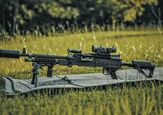
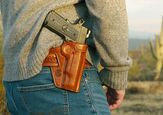
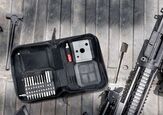
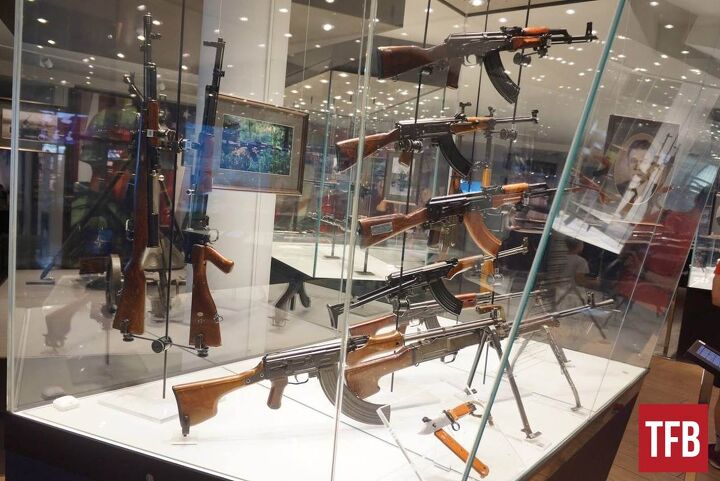






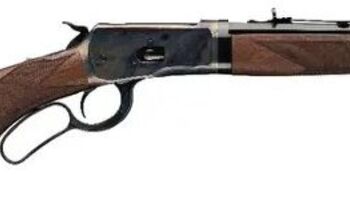
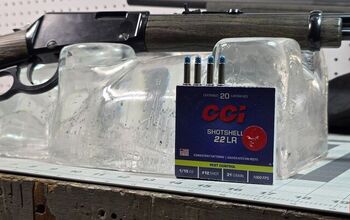
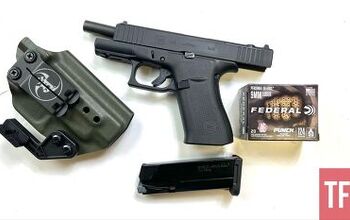
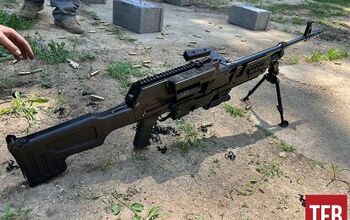
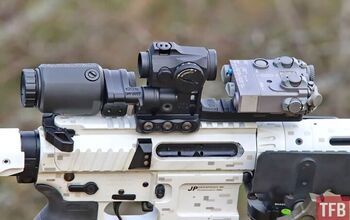




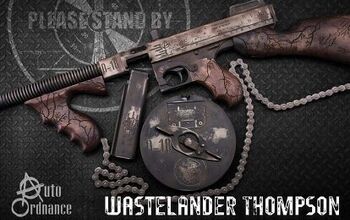

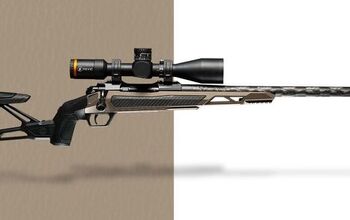
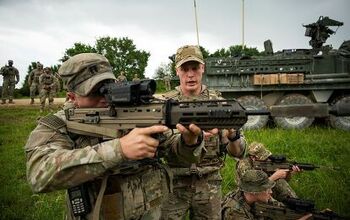




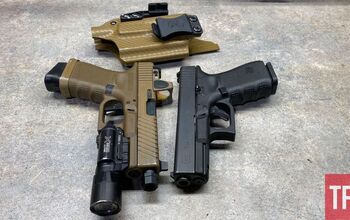
Comments
Join the conversation
I love the look of that slim handguard.